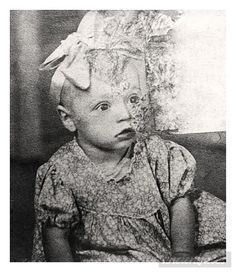Target Civilians | Deaths ~ 770 Attack type War crime | |
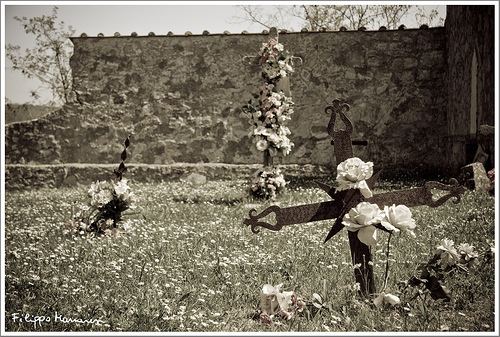 | ||
Date 29 September - 5 October 1944 Perpetrators SS-Panzer-Aufklärungsabteilung 16 Similar Gothic Line, Four days of Naples, Battle of Collecchio, Italian Campaign, Spring 1945 offensive | ||
Marzabotto massacre
The Marzabotto massacre was a World War II war crime consisting in a mass murder of at least 770 civilians by Nazis, which took place in the territory around the small village of Marzabotto, in the mountainous area south of Bologna. It was the worst massacre of civilians committed by the Waffen SS in Western Europe during the war.
Contents
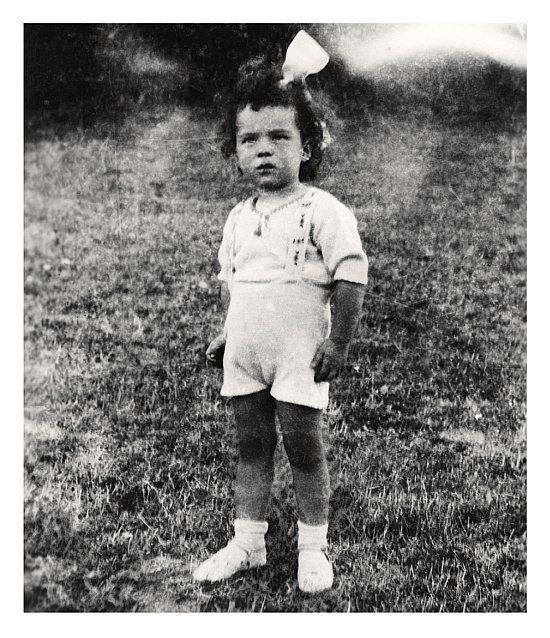
Massacre
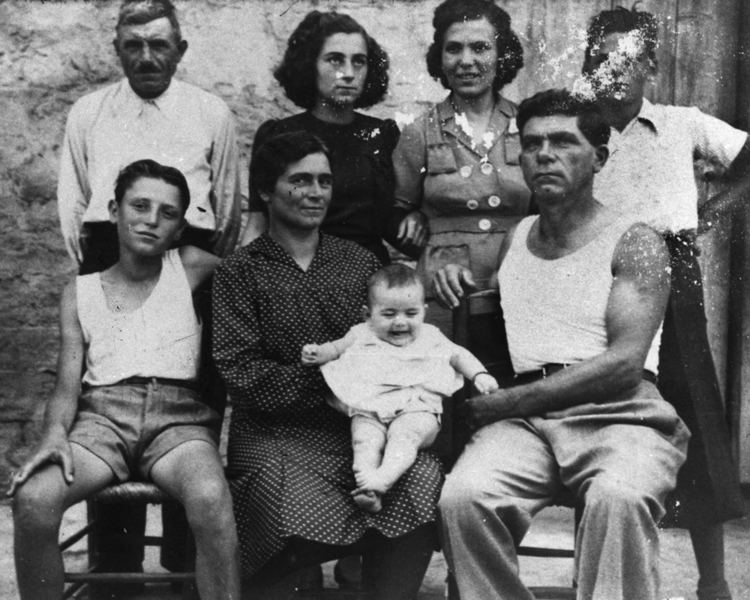
In reprisal for the local support given to the partisans and the Resistance between 29 September and 5 October 1944, SS-Sturmbannführer Walter Reder led soldiers of the SS-Panzer-Aufklärungsabteilung 16 to systematically kill hundreds of people in Marzabotto. They also killed numerous residents of the adjacent Grizzana Morandi and Monzuno, the area of the massif of Monte Sole (part of the Apennine range in the province of Bologna).
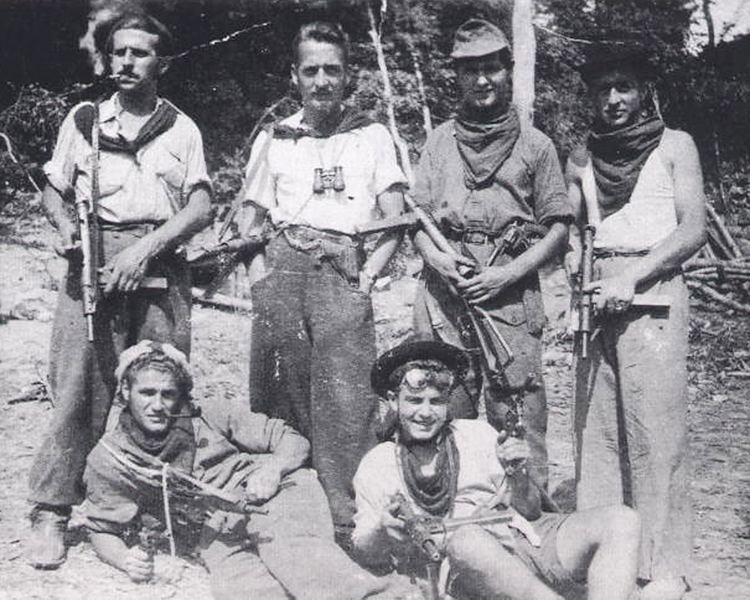
Historians have struggled to document the number of victims: some sources report up to 1,830 victims; others estimate 955 people killed. Today, the Peace School Foundation of Monte Sole reports 770 victims. This number is close to the official report by Sturmbannführer Reder, who reported the "execution of 728 bandits". Among the victims, 155 were less than 10 years old, 95 were aged 10 to 16, 142 were over 60 years old, 454 were male, 316 were female and five were Catholic priests.
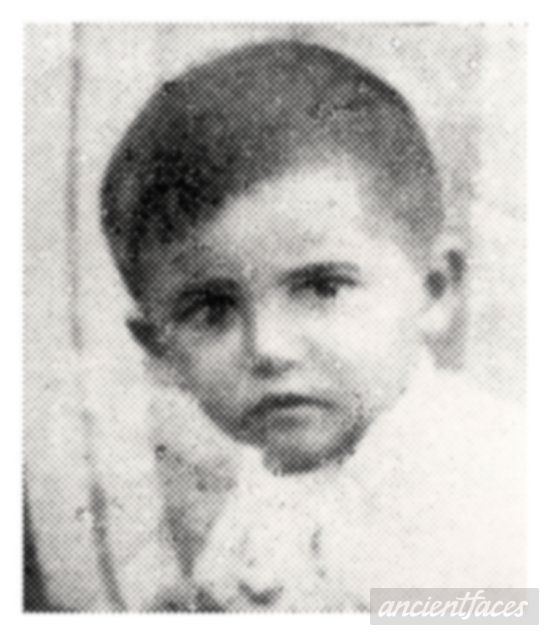
Giovanni Fornasini, a parish priest and member of the Resistance, risked his life to protect the defenseless population from the Nazis during the massacres. By his actions, Fornasini saved the lives of many of his parishioners, and managed to escape immediate death. As he was burying the bodies of those killed in the massacre, which was forbidden by the Nazis, Fornasini was discovered by an SS officer. The officer accused Fornasini of crimes committed in the Marzabotto area. When Fornasini confessed to having helped the villagers avoid execution, the officer shot and killed him.
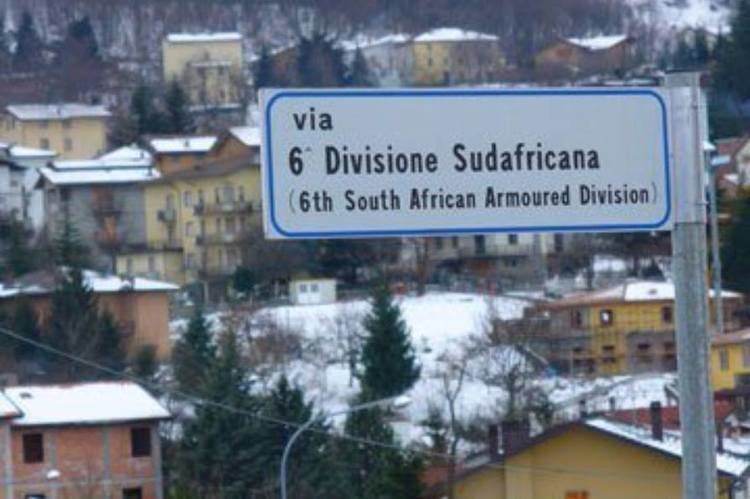
On 18 October 1998, Cardinal Biffi opened in Bologna the process for the beatification of Fornasini and two other priests (Ferdinando Casagrande and Ubaldo Marchioni), considered the "martyrs of Sonnenberg". Today Fornasini is remembered as "the angel of Marzabotto". A memorial commemorates him and four other priests in the cemetery of San Martino di Caprara.
Justice
